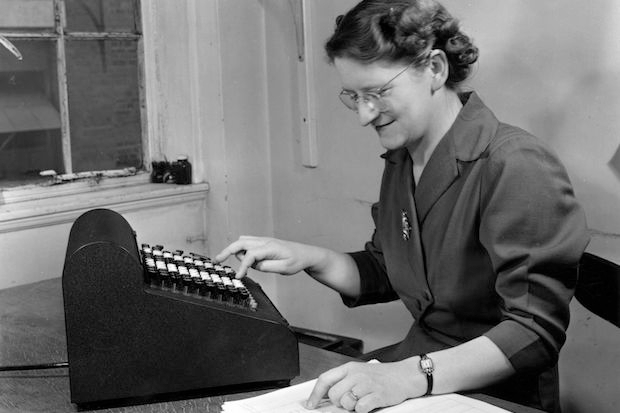Academics gathered in London today to discuss how they predict the outcome of the most unpredictable election in living memory (© everyone), and they gave their current forecasts. They vary quite a bit with the predictions for the number of seats the Tories will get between 233 and 296 and for Labour from 261 seats to 312. Like the Political Studies Association’s survey of several hundred academics, pollsters and journalists which was released last month, when you take the average of the predictions (to exploit the ‘wisdom of crowds’ and hopefully end up with a more accurate forecast), Labour is ahead but there’s barely room for a cigarette paper between them and the Tories. The PSA’s panel had Labour ahead by four seats, today’s academics put Labour seven seats ahead. But no-one at today’s conference forecast an absolute majority for either party. If there’s a consensus, it’s that the Conservatives—or, more likely Labour—will be the largest single party in a hung Parliament.
Here it is folks (ht @drjennings). All of the forecasts for 2015 election from leading academics #LSEforecasting –> pic.twitter.com/60qEljKPaF
— Matthew Goodwin (@GoodwinMJ) March 27, 2015
And what about smaller parties? A group of researchers from Cardiff and Manchester used Twitter to make their forecast, and they put the SNP on 9 seats, just three more than they have now. But that was by far the most pessimistic result – the other forecasts put them on between 38 and 55 seats (Scotland has 59 in total, and Labour currently holds 41 of them). The SNP benefits from the geographical concentration of its support. For the Greens and Ukip, whose voters are spread more thinly over the country, few gains are forecast with the most optimist prediction that Ukip will win five seats and the Greens two. But who knows what will happen on throughout the campaign and on election day. Professor John Curtice told the gathering that ‘we are looking a party system that looks like it has changed fundamentally’.
John Curtice: “we are looking at a party system that looks like it has changed fundamentally” #LSEforecasting — Matthew Goodwin (@GoodwinMJ) March 27, 2015
We don’t yet fully understand how.






Comments